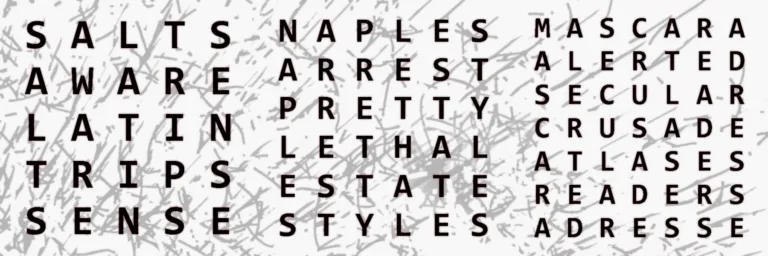“Countless Echoes 2D” originated from my novel “Zoëtropon,” which features a race of humans aboard a spaceship who are blind from birth. It has long been a dream of mine to create a video game in which the player character is blind. I am aware of audio games that can be played without a monitor, and I have briefly played “Devil’s Tuning Fork,” in which sound waves are visualized. There are several other games of similar nature, both in 2D and 3D graphics. However, what I envisioned was a complete visual representation of all human senses other than sight.
To begin, I started with a simpler project: a tile-based 2D game using primitive shapes. I utilized the Unity game engine to create a test level that simulated the total blindness of the player unless sound waves are spawned to illuminate the surroundings. It took the form of a maze level, and the player’s objective was to reach the “finish thing.”
I achieved the blindness effect by using a black background and black wall-tiles in the foreground. The colorful echoes were then spawned in between both layers, making the walls visible against the background, even traveling through them, which I did not see as a problem. As black squares would have been dull, I cut out letters and projected an excerpt from my novel onto the walls, with one letter per tile. It was enough to pick up individual words, which subconsciously sparked the player’s imagination.

To limit the number of echoes a player could spawn, I introduced an energy meter, or rather an aura, which recharged over time but only lit a small area around the player. The size of the aura was decreased not only by spawning echoes but also by sprinting. Additionally, the player could hold and release the fire button to spawn a powerful, long-lasting echo instead of several small ones.
For simplicity, the player character, echoes, aura, finish point, and enemies all used the same circular texture, which was only resized and colorized differently. Yes, there were enemies in the game. They patrolled on specified paths and gave chase when the player came too close, restarting the level if they made contact. They were intended to be frightening enough that the player would need to ignore the obvious path, instead having to look for detours and be stealthy. However, a friend of mine managed to speedrun past them, which I had not anticipated, so never underestimate your players!

I could have easily created more levels and enemy types, but I did not. The game itself worked fine, and the construction kit was ready. However, I found that it would not turn out to be a game I would play myself, as I hardly play any 2D games. Furthermore, I found the feeling of constantly being in the dark overwhelming, if not crushing. Partially responsible was the fact that the game had no sound whatsoever.
Eventually, I transfered the core principles to the “Countless Echoes” level of another project, “Primitive Riddles,” featuring 3D graphics and spatial audio.




Leave a Reply